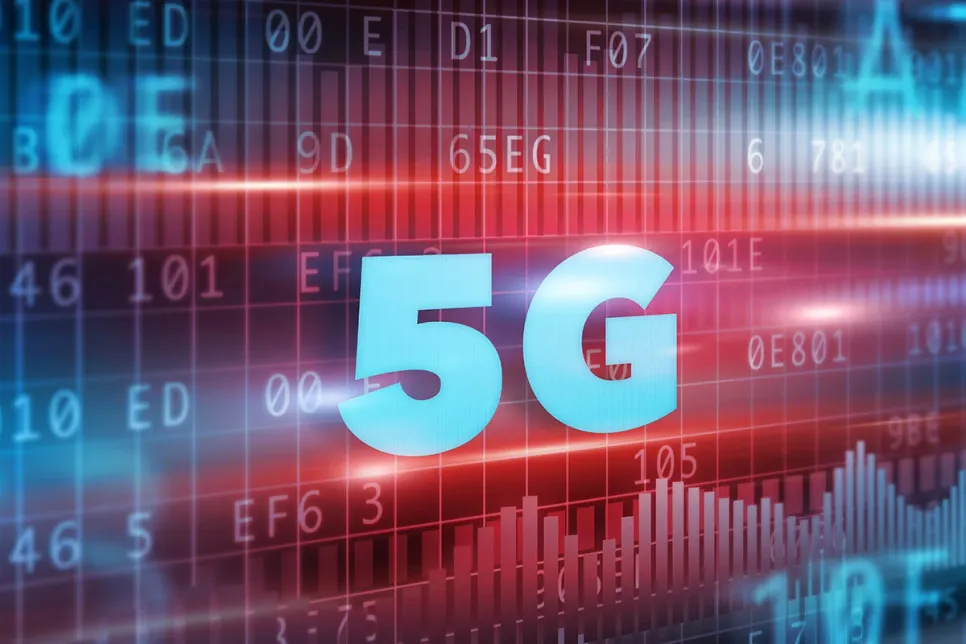Operators to Invest More than $17 Billion in AI-Based Security
A new study from Juniper Research has found that operators will invest more than $17 billion globally over the next five years in AI-based network security.

A GSMA report of the price of spectrum for mobile services shows a sharp rise in its cost relative to the revenue generated from it over a ten-year period. The association believes that the costs are constraining infrastructure spending. Among the factors that inflate spectrum costs were artificially high reserve prices, the creation of artificial scarcity, and onerous licence obligations.
Its Global Spectrum Pricing Report showed that while the average cost of spectrum had fallen since 2014, a need for operators to increase their holdings to cope with demand and a 60% drop in revenue generated per MHz had ramped up the cost burden. In 2023, global cumulative spectrum fees accounted for 7% of total operator revenue, a 63% increase on 2014 figures. The GSMA argued that the proportionately high cost of acquiring spectrum restricts operators’ ability to invest in expanding and improving mobile networks, particularly 4G and 5G. It added that higher spectrum costs correlate directly with lower network coverage and reduced mobile speeds.
“A dollar can only be spent once, and high spectrum costs can choke investment at a time when the need for affordable, reliable connectivity has never been greater,” said GSMA director general Vivek Badrinath. “Governments and regulators must prioritise spectrum pricing that reflects market realities and fosters long-term digital growth. By ensuring spectrum is affordable, they can unlock faster network expansion, better service quality, and greater digital inclusion for all of their citizens.”